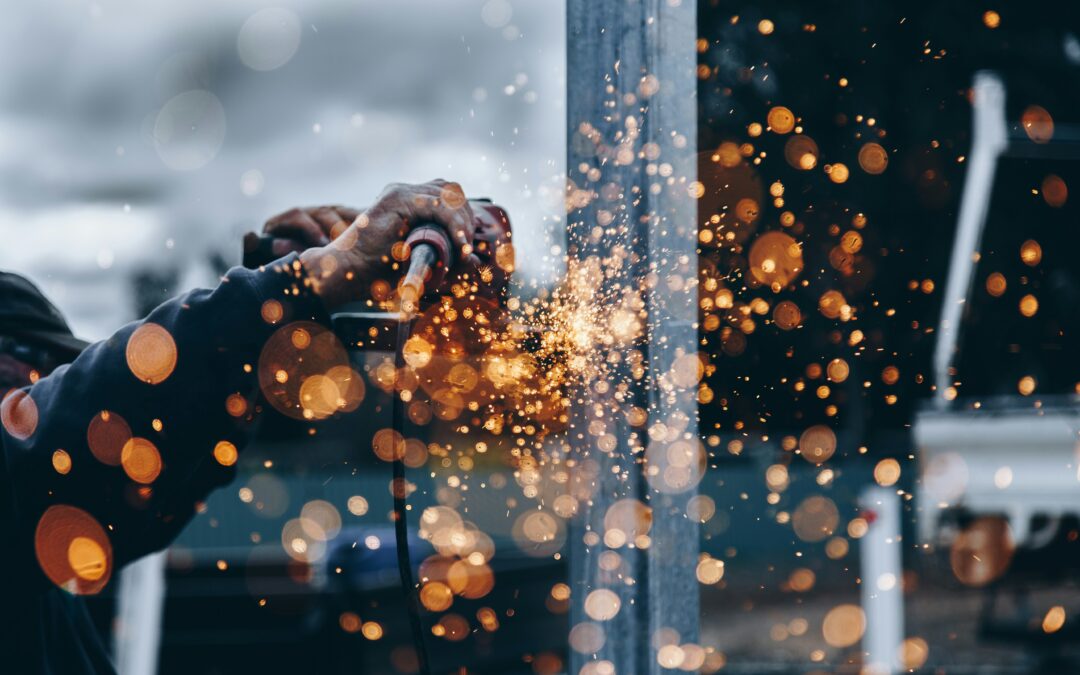Navigating the maze of construction defects in materials can feel like a rollercoaster ride – thrilling for all the wrong reasons! As we all know many people working in construction sites are dealing with many difficulties and this is considered to be a headache for both the contractors and the clients.
Imagine that you are building your new home only to discover cracks in the walls, leaks in the roof, or insulation that’s about as effective as a sieve. It’s frustrating, it’s stressful, and it’s not what you signed up for!
Understanding Development Deformities in Materials
Let’s start by unwrapping the mystery behind the construction defects. Problems in the materials can introduce critical difficulties for the two workers for hire and clients the same. These deformities can emerge from different factors like unfortunate craftsmanship, substandard quality materials, or natural circumstances. Normal material defects incorporated primary shortcomings, deficient protection, water infiltration, and ill-advised establishment of installations. Handling these construction defects should be our topmost priority.
Recognizing Normal Material Imperfections
-
Insufficient Protection: Protection imperfections can prompt energy failure and distress for inhabitants. Normal issues include holes for protection, ill-advised establishment of fume obstructions, or deficient protection in walls and lofts.
-
Water infiltration: Water interruption can harm a structure, prompting mold development, decay, and weakening of materials. Imperfect waterproofing, ineffectively fixed windows or entryways, and material holes are regular reasons for water infiltration.
-
Ill-advised Establishment of Apparatuses: Mistaken establishment of apparatuses like windows, entryways, and plumbing can bring about usefulness issues and water spills or leakages. This can think twice about the design and lead to expensive fixes.
Effect of Material Imperfections on Clients
Now, let’s talk about the real heartache – the impact these defects can have on you, the client. However, It’s not just about the financial hit; it’s about the emotional toll of seeing your vision tarnished by these minor problems. Material defects can have a serious effect on the clients, both monetarily and inwardly. In extreme cases, development deformities can think twice about the livability of a structure, presenting dangers to tenants.
Taking care of Material Deformities with Clients
-
Open Communication: So what’s the plan for managing such issues? First things first: Laying out clear and open correspondence with clients is fundamental while tending to material deformities. Keep clients educated about the nature and degree of the deformities, as well as the means being taken to cure what is going on.
-
Looking for Lawful Counsel: In situations like these where construction defects in the material can cause bigger incidents, our safety matters first. This leads to well-being concerns, clients might have to look for legitimate guidance. A development regulation lawyer can give direction on expected legitimate cures, for example, documenting a case against the project worker or seeking remuneration through guarantee arrangements.
-
Arranging Fixes or Substitutions: Work intimately with clients to arrange fixes or trades for damaged materials. Team up with respectable workers for hire and providers to guarantee that the important medicinal work is finished to elevated expectations.
Preventing Future Construction Defects
-
Seller Determination: We should be picking out those respectable merchants who can easily provide us with top-notch materials and solid guarantees. Leading examination and a reasonable level of investment before choosing merchants guarantee they have a history of conveying palatable items and administrations.
-
Preparing and schooling: Put your resources into preparing and training development staff to upgrade their abilities and information in materials choice and establishment methods. Thoroughly prepared laborers are bound to distinguish and address likely deformities and defects before they grow into bigger issues.
Therefore, not only focusing on the negatives we should think about the ways of prevention of such issues by successfully speaking with clients, and carrying out proactive measures to forestall future issues, development experts can explore the difficulties of development deserts with certainty and trustworthiness.
FAQs
Q1: What causes construction defects in materials?
Ans: Poor craftsmanship, subpar materials, and unforeseen circumstances contribute to construction defects, making them a headache for contractors and clients alike.
Q2: Are construction defects really that serious?
Ans: Absolutely! They can turn your dream home into a nightmare faster than you can say “fixer-upper.”
Q3: How can I identify construction defects in my home?
Ans: Look for signs like cracks in walls, leaks in the roof, or inadequate insulation. These issues can indicate underlying construction defects.
https://unsplash.com/photos/person-holding-tool-during-daytime-8KfCR12oeUM?utm_content=creditShareLink&utm_medium=referral&utm_source=unsplash


